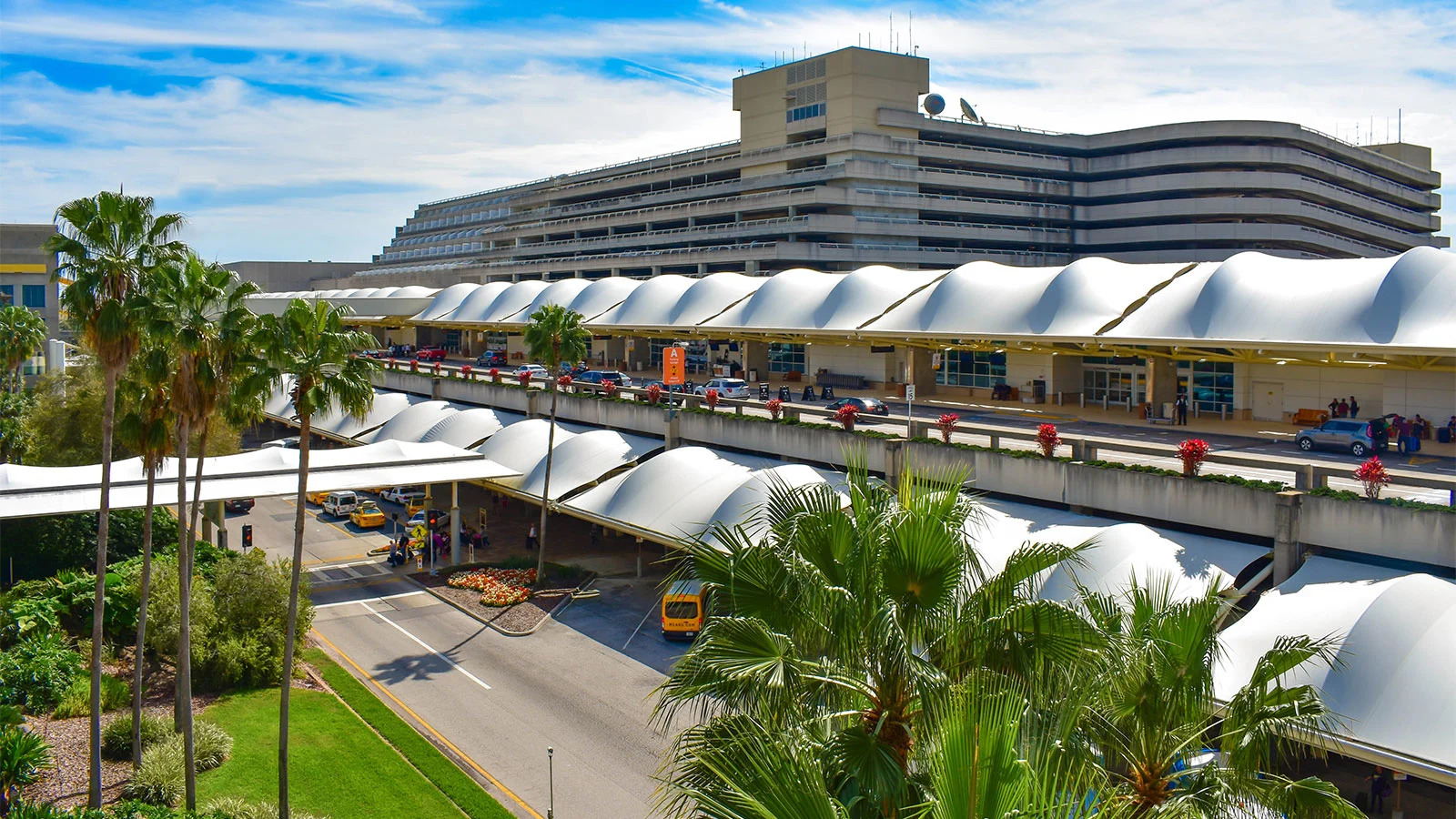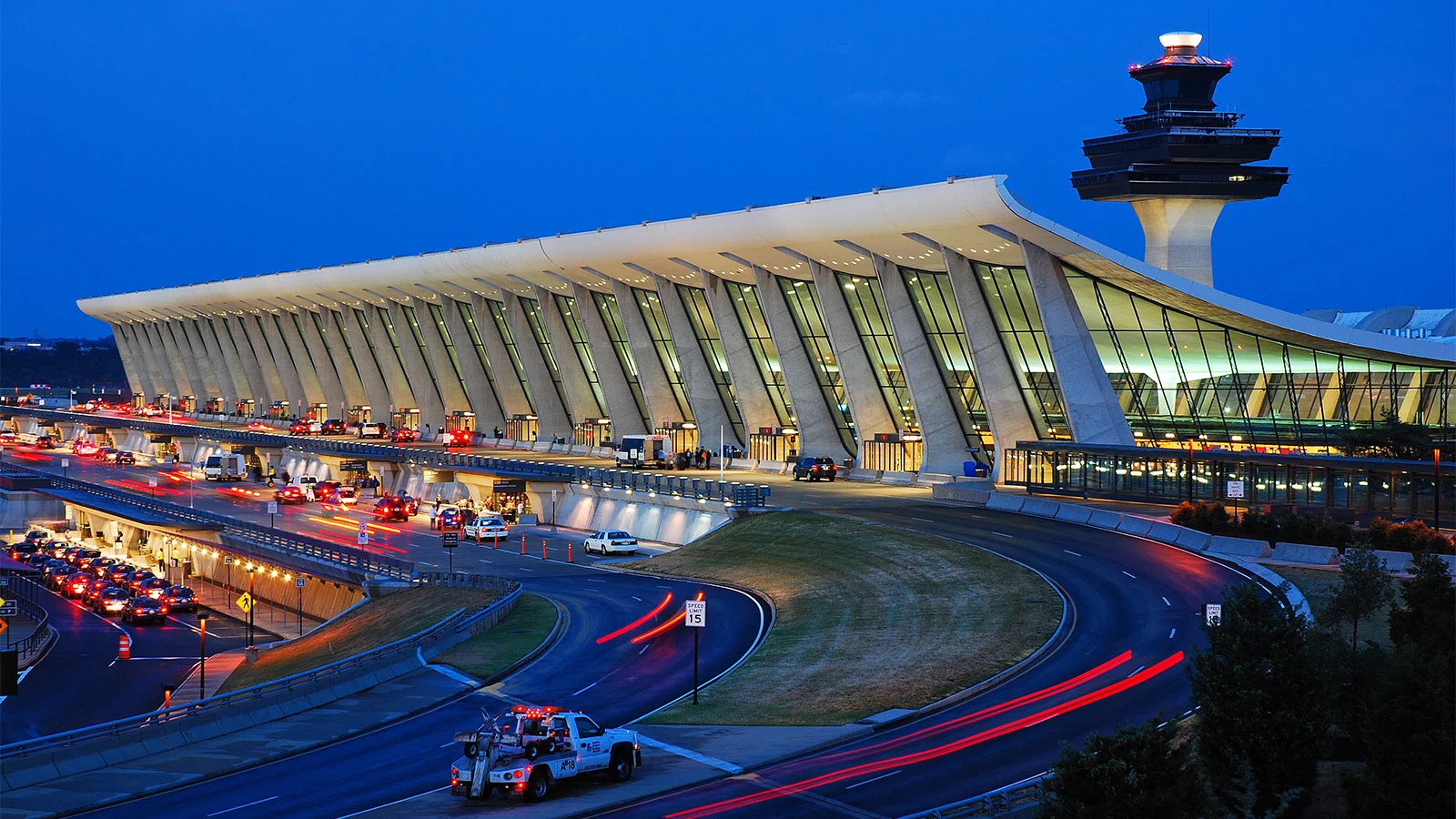Numerous air travelers have encountered the less-than-ideal situation of having to swiftly navigate to a connecting flight, only to find that the next gate seems to be located in a different county. While it might only feel that distant, changing planes at a major airport can undoubtedly contribute to one’s daily step count. Occasionally, these steps involve a frenzied sprint through some of the world’s busiest airports, such as Hartsfield-Jackson Atlanta International.
For your next air travel experience, it’s advisable to mentally prepare for the airports you’ll be traversing. Some are pleasantly compact, while others are exceptionally vast. When perusing the list of the world’s largest airports by area, familiar names emerge, but there are also a few surprises. This is because an airport’s total area doesn’t always correlate with its passenger traffic. The title of the biggest airport globally doesn’t necessarily belong to one of the world’s busiest airports, with Hartsfield-Jackson Atlanta International still holding that distinction.
The world’s largest airports are colossal. Think Chicago O’Hare International Airport and Los Angeles International Airport are sizable? Some major public airport properties easily surpass the total square mileage of large cities, although the size of airport terminals doesn’t always align with the total acreage of the property.
Here are the seven largest airports globally, ordered by total area:
- King Fahd International Airport (DMM) — Dammam, Saudi Arabia

With a sprawling 299.61 square miles (776 square kilometers), King Fahd International Airport stands as the world’s largest airport by total area. To put it in perspective, this airport is approximately the same size as New York City, which itself houses two major airports.
Despite its colossal size, it’s not the busiest airport in Saudi Arabia; that distinction belongs to King Abdulaziz International Airport in Jeddah, serving as the primary entry point for devout Muslims making the Hajj to Mecca and Medina. The vastness of King Fahd International Airport is primarily attributed to its history as an American military base.
- Denver International Airport (DEN) — Denver, Colorado

Covering one-third of Denver’s approximately 155 square miles (401 square kilometers), Denver International Airport (DIA) occupies a substantial land area of 53.09 square miles (135.7 square kilometers). Located to the east of central Denver, DIA boasts an intricate system of underground trains connecting the main terminal to various gate areas.
- Dallas/Fort Worth International Airport (DFW) — Dallas, Texas

Positioned in the Texas prairie between Dallas and Fort Worth, the third-largest airport globally, DFW, spans 26.88 square miles (69.6 square kilometers). As a major hub for American Airlines, the airport facilitates numerous flight transfers and aircraft movements, showcasing the sprawling expanse characteristic of Texas.
- Orlando International Airport (MCO) — Orlando, Florida

Formerly McCoy Air Force Base, Orlando International Airport covers 20.78 square miles (53.8 square kilometers). Unlike the world’s largest airport, King Fahd International, Orlando International Airport efficiently utilizes its space, ranking as the busiest airport in Florida and the seventh busiest in the United States.
- Washington Dulles International Airport (IAD) — Washington, D.C.

Encompassing 18.75 square miles (48.6 square kilometers), Washington Dulles International Airport surpasses its metropolitan siblings, Ronald Reagan National Airport and Baltimore Washington International Airport, in total area. Originally situated in a rural area west of Washington, D.C., the airport has witnessed significant suburban development around its expansive grounds.
- Beijing Daxing International Airport (PKX) — Beijing, China

Beijing Daxing International Airport, the sixth-largest globally by total area, sprawls over 18 square miles (46.6 square kilometers). Noteworthy for its star-shaped terminal design, covering 7.5 million square feet (696,773 square meters), PKX is projected to become the world’s busiest airport by 2040, despite not currently ranking among the busiest due to its recent 2019 opening.
- George Bush Intercontinental Airport (IAH) — Houston, Texas

Surpassing its Houston counterpart, George Bush Intercontinental Airport boasts a total area of 17.19 square miles (44.5 square kilometers). While it falls behind DFW in total passenger traffic, IAH excels in international arrivals and departures, serving as a major hub for United Airlines since a 2010 merger with Continental Airlines. True to its name, the airport connects to all continents except Antarctica, featuring five runways, five terminals, and an on-site hotel.




































